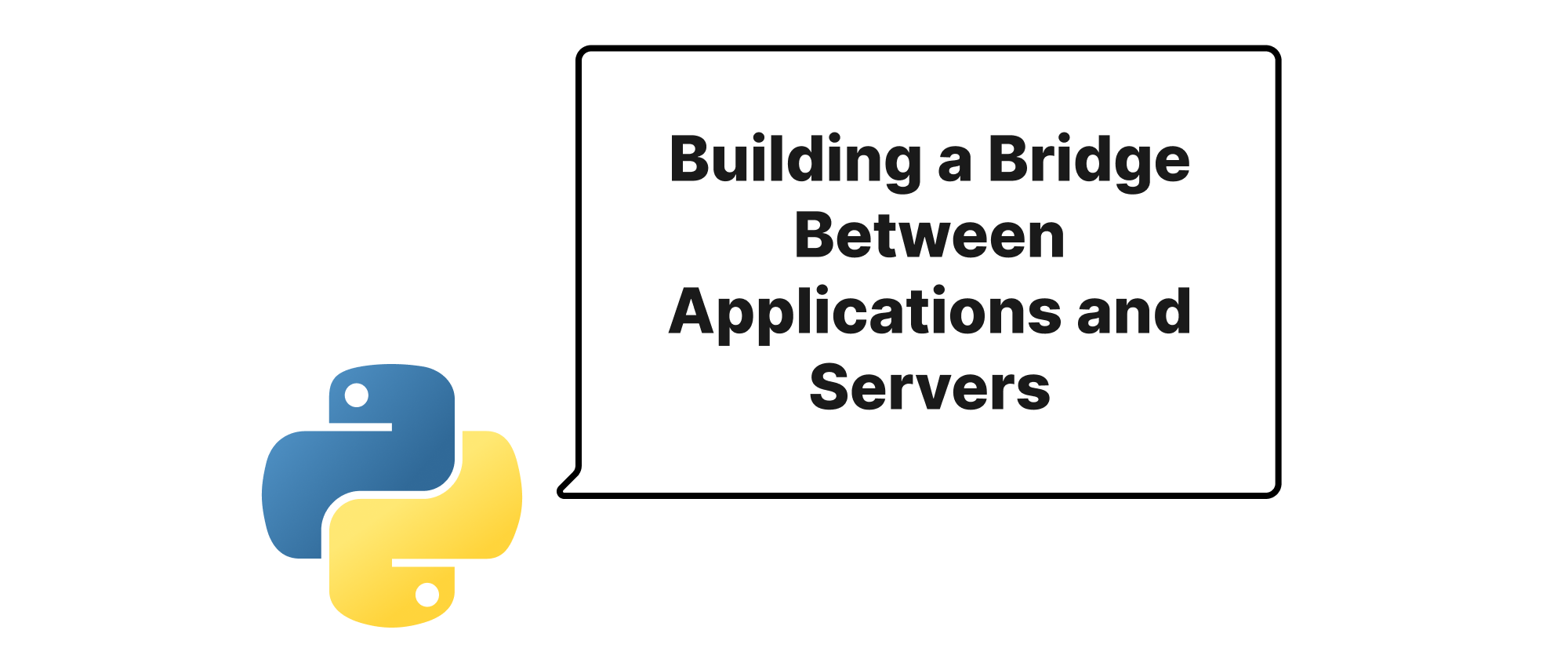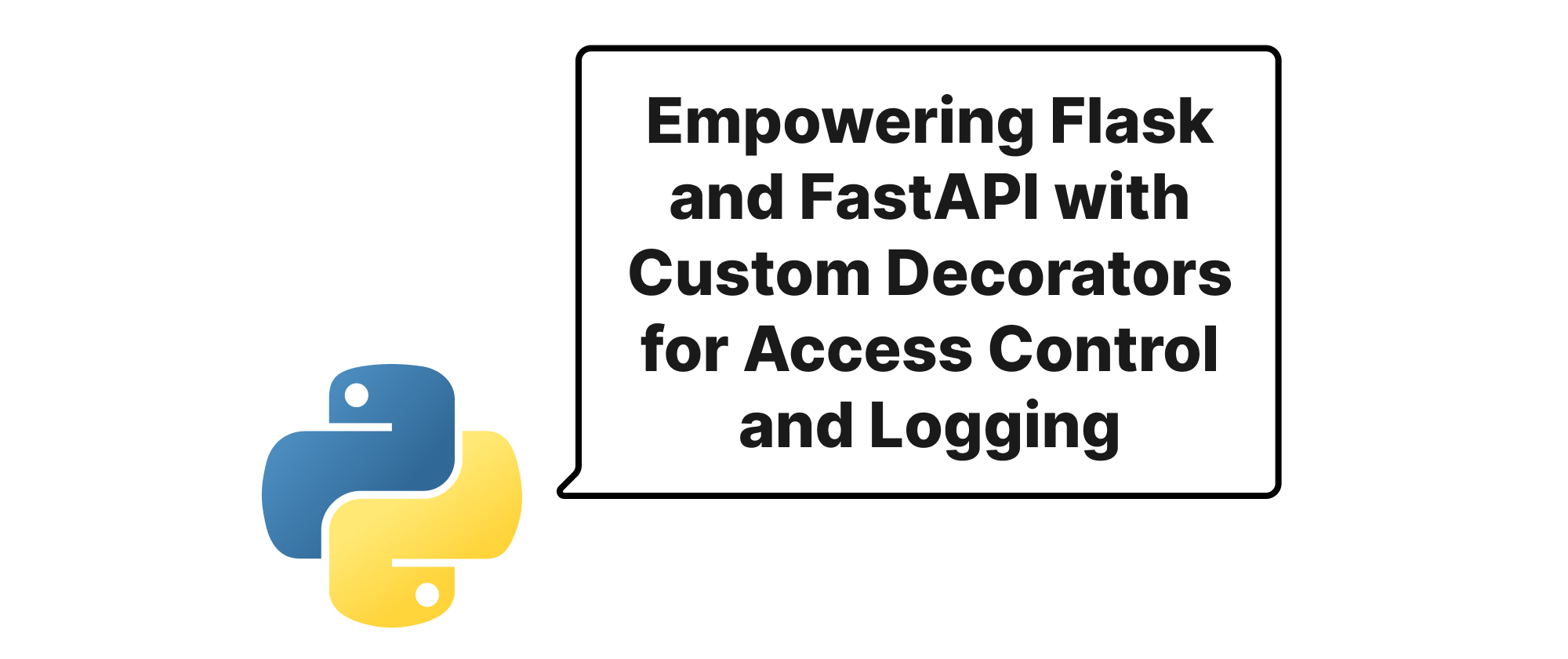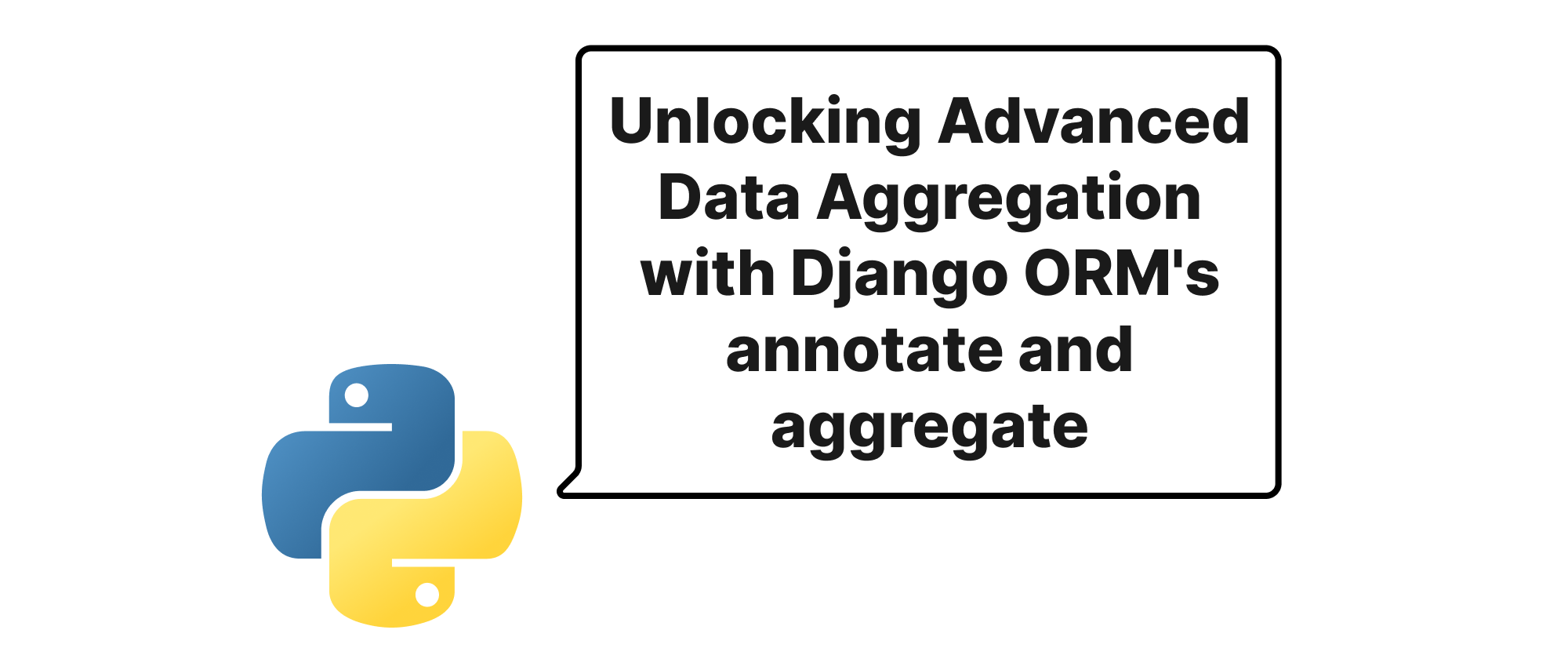Building a Bridge Between Applications and Servers
Takashi Yamamoto
Infrastructure Engineer · Leapcell

Introduction: The Unseen Helpers of Web Applications
As Python developers, we often build web applications that handle various requests, ranging from simple static file serving to complex API interactions. Behind the scenes, nestled between our application logic and the web server, lies a crucial layer responsible for many common tasks: middleware. Middleware intercepts requests and responses, allowing us to add significant functionality like logging, authentication, caching, or even transforming data, without cluttering our core application code. This modular approach not only keeps our applications clean and maintainable but also promotes reusability across different projects. In this article, we'll strip away the magic and unveil the mechanics of this powerful concept by building a simple WSGI or ASGI middleware from scratch.
Understanding the Pillars: WSGI, ASGI, and Middleware
Before we dive into coding, let's establish a clear understanding of the core concepts that underpin our journey.
What is WSGI?
WSGI stands for Web Server Gateway Interface. It's a Python specification that defines a standard interface between web servers (like Gunicorn, uWSGI) and web applications or frameworks (like Flask, Django). The server calls a callable WSGI application that accepts two arguments:
environ: A dictionary containing CGI-style environment variables, web server variables, and HTTP headers.start_response: A callable that the application uses to send HTTP status and headers to the server.
The application then returns an iterable of byte strings, representing the response body.
What is ASGI?
ASGI stands for Asynchronous Server Gateway Interface. It's the modern successor to WSGI, designed to support asynchronous operations, websockets, and HTTP/2. Similar to WSGI, ASGI defines a standard interface between async-capable web servers (like Uvicorn, Hypercorn) and async web applications (like FastAPI, Starlette). An ASGI application is an asynchronous callable that takes three arguments:
scope: A dictionary containing information about the specific connection, including type (e.g.,'http','websocket'),method,path, and headers.receive: An awaitable callable that allows the application to receive event messages from the server (e.g., request body chunks, websocket messages).send: An awaitable callable that allows the application to send event messages to the server (e.g., response status, headers, body chunks, websocket messages).
What is Middleware?
In the context of WSGI and ASGI, middleware is essentially a WSGI or ASGI application itself, but with a twist: it wraps another WSGI or ASGI application. This wrapping allows the middleware to intercept requests before they reach the inner application and responses after they leave it. Think of it as a function decorator for web applications, adding cross-cutting concerns.
Building a Simple WSGI Middleware
Let's start by creating a simple WSGI middleware that logs the incoming request path.
The Inner WSGI Application
First, we need a basic WSGI application for our middleware to wrap.
# app.py def simple_app(environ, start_response): """A very basic WSGI application.""" status = '200 OK' headers = [('Content-type', 'text/plain')] start_response(status, headers) return [b"Hello from the simple app!"] if __name__ == '__main__': from wsgiref.simple_server import make_server httpd = make_server('', 8000, simple_app) print("Serving on port 8000...") httpd.serve_forever()
Run this with python app.py and access http://localhost:8000 to see "Hello from the simple app!".
Designing the Logging Middleware
Now, let's create our logging middleware. A WSGI middleware needs to accept the next WSGI application in the chain as an argument during its initialization. Its __call__ method will then implement the WSGI interface.
# middleware.py import logging logging.basicConfig(level=logging.INFO, format='%(asctime)s - %(levelname)s - %(message)s') class RequestLoggerMiddleware: def __init__(self, app): """ Initializes the middleware with the next WSGI application in the chain. """ self.app = app def __call__(self, environ, start_response): """ The WSGI interface method for the middleware. Intercepts the request, logs it, then passes it to the wrapped application, and finally returns its response. """ path = environ.get('PATH_INFO', '/') method = environ.get('REQUEST_METHOD', 'GET') logging.info(f"Request received: {method} {path}") # Call the wrapped application's start_response and capture it # This is crucial for middleware that modifies headers or status _headers = [] _status = None def wrapped_start_response(status, headers, exc_info=None): nonlocal _status, _headers _status = status _headers = headers logging.info(f"Response status: {status}") return start_response(status, headers, exc_info) # Pass the request to the wrapped application response_body = self.app(environ, wrapped_start_response) # The middleware can also inspect or modify the response_body here # For this simple logger, we just return it as is. return response_body
Integrating the Middleware
Finally, we can integrate our RequestLoggerMiddleware with our simple_app.
# main.py from wsgiref.simple_server import make_server from app import simple_app from middleware import RequestLoggerMiddleware if __name__ == '__main__': # Wrap our simple_app with the logger middleware application_with_middleware = RequestLoggerMiddleware(simple_app) httpd = make_server('', 8000, application_with_middleware) print("Serving application with middleware on port 8000...") httpd.serve_forever()
When you run python main.py and hit http://localhost:8000, you'll see a log message in your console indicating the request, followed by the "Hello from the simple app!" response in your browser. This demonstrates how the middleware intercepts the request, performs its logging task, and then forwards the request to the application.
Crafting a Simple ASGI Middleware
Now, let's implement a similar logging functionality using ASGI middleware. ASGI's async nature requires a slightly different approach.
The Inner ASGI Application
We'll use a basic ASGI application.
# async_app.py async def simple_async_app(scope, receive, send): """A very basic ASGI application.""" if scope['type'] == 'http': await send({ 'type': 'http.response.start', 'status': 200, 'headers': [ [b'content-type', b'text/plain'], ], }) await send({ 'type': 'http.response.body', 'body': b"Hello from the async app!", }) elif scope['type'] == 'websocket': # Simple handler for websocket connections await send({"type": "websocket.accept"}) while True: message = await receive() if message['type'] == 'websocket.disconnect': break await send({"type": "websocket.send", "text": f"Echo: {message.get('text')}"})
To run this, you'd typically use an ASGI server like Uvicorn:
uvicorn async_app:simple_async_app --port 8000 --reload
Designing the Logging ASGI Middleware
An ASGI middleware is an async callable during initialization (often __init__) that accepts the next ASGI application. Its __call__ method must also be async def.
# async_middleware.py import logging import time logging.basicConfig(level=logging.INFO, format='%(asctime)s - %(levelname)s - %(message)s') class AsyncRequestLoggerMiddleware: def __init__(self, app): self.app = app async def __call__(self, scope, receive, send): if scope['type'] == 'http': start_time = time.monotonic() path = scope.get('path', '/') method = scope.get('method', 'GET') logging.info(f"ASGI Request Received: {method} {path}") # Define a custom send function to intercept response details async def wrapped_send(message): if message['type'] == 'http.response.start': status_code = message['status'] logging.info(f"ASGI Response Status: {status_code}") await send(message) # Pass the message to the original send function await self.app(scope, receive, wrapped_send) end_time = time.monotonic() duration = (end_time - start_time) * 1000 # in milliseconds logging.info(f"ASGI Request Processed: {method} {path} - Duration: {duration:.2f}ms") else: # For non-HTTP connections (e.g., websockets), just pass through await self.app(scope, receive, send)
Unlike WSGI start_response, ASGI's send is an asynchronous stream of messages. To intercept response details like status, we wrap the send callable provided by the server.
Integrating the Async Middleware
Now, let's wrap our simple_async_app with AsyncRequestLoggerMiddleware.
# async_main.py from async_app import simple_async_app from async_middleware import AsyncRequestLoggerMiddleware # Wrap the async app with the logger middleware application_with_async_middleware = AsyncRequestLoggerMiddleware(simple_async_app) if __name__ == '__main__': import uvicorn # Uvicorn expects an ASGI application directly uvicorn.run(application_with_async_middleware, host="0.0.0.0", port=8000)
To run this, use python async_main.py. Access http://localhost:8000 in your browser. You'll observe log messages on your console for both the inbound request and the outbound response, including the processing duration. The ASGI middleware demonstrates its ability to intercept, log, and time the request-response cycle asynchronously.
Common Application Scenarios
Middleware is incredibly versatile and forms the backbone of many web application features:
- Authentication/Authorization: Checking user credentials before allowing access to certain routes.
- Logging: As demonstrated, tracking requests, responses, and errors.
- CORS (Cross-Origin Resource Sharing): Adding appropriate headers to allow or restrict cross-origin requests.
- Compression: Gzip or Brotli encoding responses to reduce bandwidth.
- Rate Limiting: Preventing abuse by limiting the number of requests from a single source.
- Error Handling: Catching exceptions and returning user-friendly error pages.
- Session Management: Managing user sessions across requests.
By understanding how to build middleware, you gain the power to implement these functionalities in a clean, decoupled, and reusable manner, making your Python web applications more robust and maintainable.
Conclusion: Empowering Web Application Development
Throughout this article, we've demystified WSGI and ASGI middleware, illustrating their fundamental roles as interceptors and enhancers of web requests and responses. By following the Python interfaces and implementing our own simple logging examples, we've seen how these powerful patterns enable the injection of cross-cutting concerns like logging or security, without scattering logic across our core application code. Middleware acts as an indispensable tool, significantly improving the modularity, maintainability, and reusability of Python web applications.


